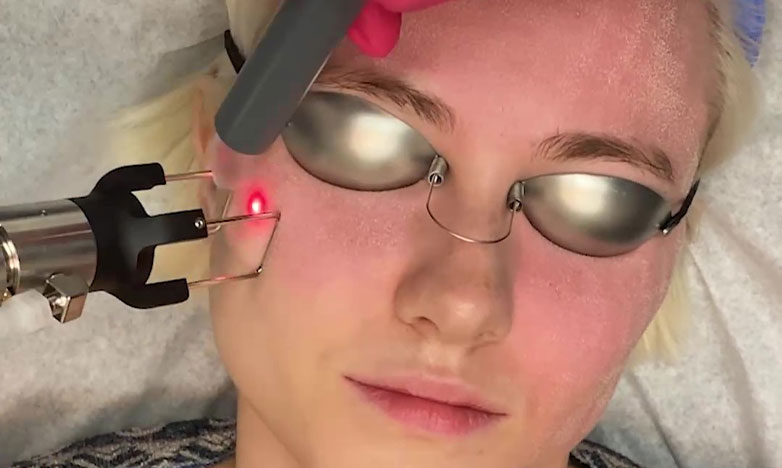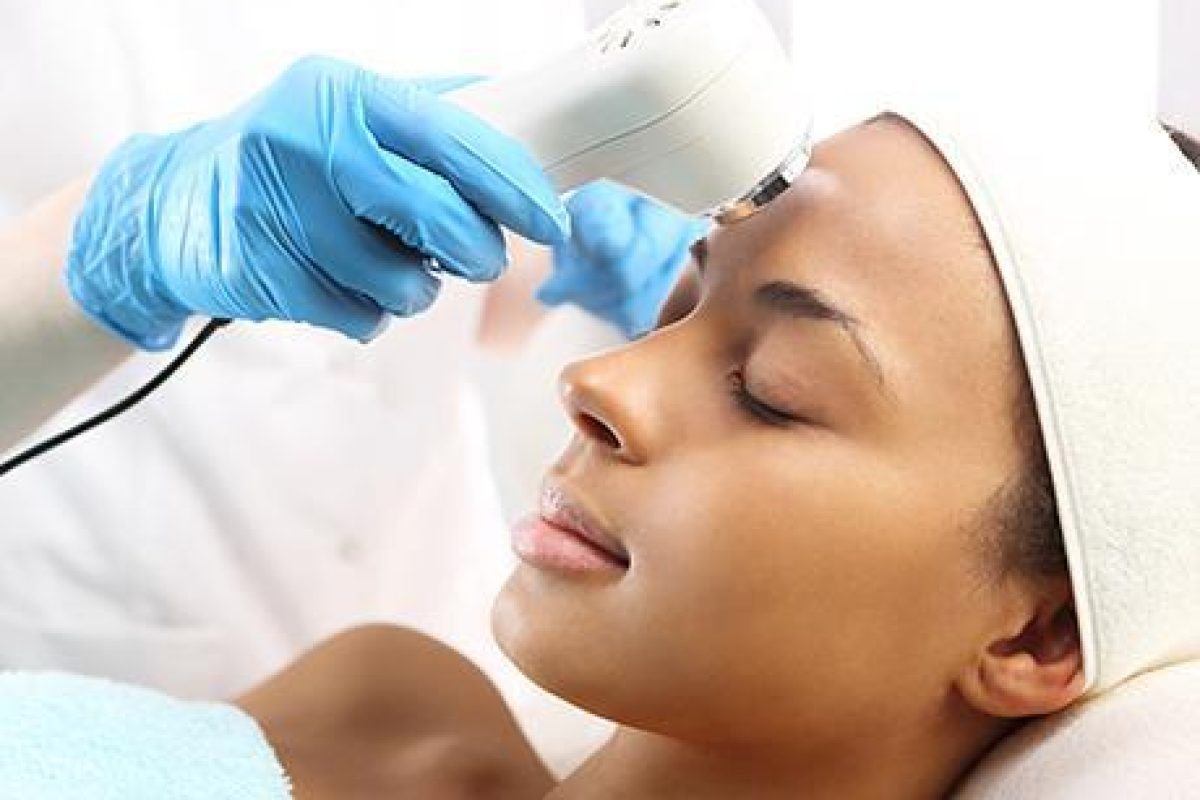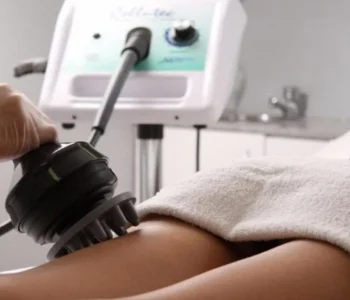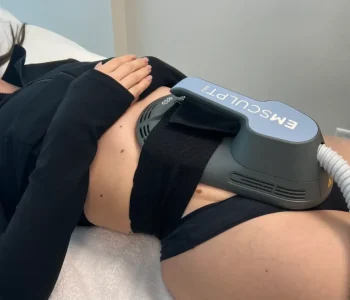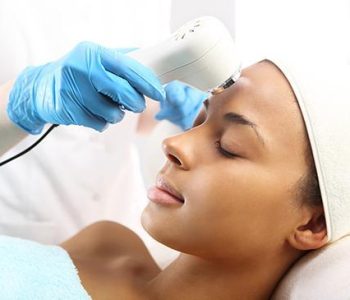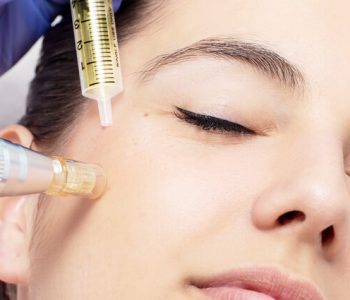
What is CO2 Fractional Laser?
CO2 fractional laser is an effective method for treating skin issues. This laser technology targets the upper layers of the skin, creating microscopic holes that stimulate healthy tissue beneath the surface. One of the main advantages of CO2 fractional laser is its ability to accelerate skin renewal, reduce wrinkles, and improve skin tone. Additionally, it is highly effective in reducing the appearance of spots and scars. The treatment promotes collagen production in the skin, encouraging rejuvenation and giving the skin a more youthful and healthy appearance. CO2 fractional laser is widely preferred for treating various aesthetic issues and achieving younger, healthier-looking skin.
What is Fractional Laser?
Fractional laser is a commonly used laser technology to treat various skin problems. In this method, laser light is applied to the skin’s surface, creating microscopic holes or heat points in specific areas of the skin, allowing deeper skin layers to be penetrated. These holes promote skin renewal by stimulating the production of new collagen and elastin, leading to skin rejuvenation. The key feature of fractional laser is that it speeds up the healing and rejuvenation process by protecting the surrounding healthy tissue. This treatment is used to reduce wrinkles, acne scars, pigmentation issues, and spots, even out skin tone, and encourage skin rejuvenation. Fractional laser treatments generally require several sessions, with specific recovery times between sessions. The effects of the treatment increase over time and become noticeable within a few weeks or months.

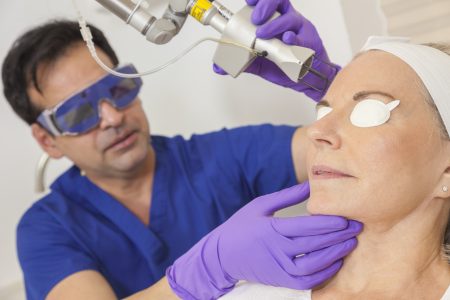
Who Can Benefit from Fractional Laser?
Fractional laser treatment is generally preferred by individuals looking to address a variety of skin problems and promote skin renewal. It can target issues such as wrinkles, acne scars, pigmentation problems, spots, and overall skin rejuvenation. Fractional laser is suitable for a range of skin types, but certain conditions may exclude some people from treatment. For example, pregnant or breastfeeding women, individuals with skin infections or a history of skin cancer may not be suitable candidates for fractional laser therapy.
Before undergoing fractional laser treatment, it is essential to consult a dermatologist or skincare expert who will assess the individual's skin type and health history. Specialists create a personalized treatment plan based on the individual’s skin needs and treatment goals to ensure safety and effectiveness. Since everyone’s skin structure and needs vary, the suitability of fractional laser treatment should be evaluated on an individual basis.
What Does Fractional Laser Help With?
Fractional laser is considered an effective method for treating various skin problems and improving skin health. It is used to address a wide range of skin concerns. Some of the most common problems improved by fractional laser include wrinkles, fine lines, and signs of aging. By increasing collagen and elastin production in the deeper layers of the skin, fractional laser tightens and rejuvenates the skin. Additionally, fractional laser is highly effective for reducing acne scars, pimple marks, and other surface scars. It also helps with pigmentation issues, such as sun spots, age spots, and uneven skin tone.
Fractional laser can also contribute to the overall improvement of skin texture and tone. It reduces roughness, tightens pores, and creates a more even complexion. Moreover, it significantly reduces scars, loss of elasticity, and general signs of aging on the skin. However, those considering fractional laser treatment should consult a healthcare professional to evaluate their skin issues and treatment goals.
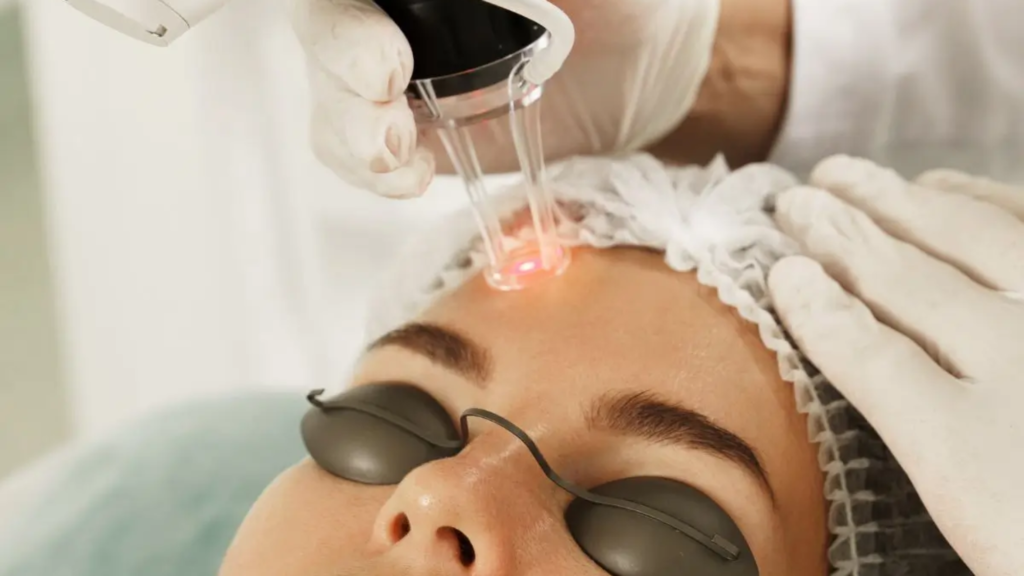

Is Fractional Laser Treatment Permanent?
Fractional laser treatment generally provides significant improvements to the skin, but the permanence of the results can vary depending on the individual and the specific condition being treated. The effects of the treatment depend on factors such as skin type, treatment area size, treatment goals, and the individual’s skincare habits. Fractional laser can reduce wrinkles, acne scars, spots, and other skin issues while promoting skin rejuvenation. However, factors like excessive sun exposure, smoking, and unhealthy eating habits can accelerate skin aging and directly diminish the effects of the treatment.
Fractional laser provides long-lasting results, but in some cases, maintenance treatments may be necessary. For instance, signs of aging and wrinkles may reappear over time, and regular maintenance sessions may be required. Therefore, after fractional laser treatment, it is essential to maintain skin health and youthfulness with regular skincare routines and sun protection measures.
How Many Sessions Does Fractional Laser Treatment Require?
The number of fractional laser sessions required depends on the treatment goal, the severity of the skin problem, and the individual’s skin type. In general, multiple sessions may be needed to improve a specific skin issue or achieve the desired results. For example, more sessions may be required to reduce wrinkles or treat acne scars, while fewer sessions may be sufficient for reducing skin tone unevenness or spots. The number of sessions for fractional laser treatment is customized based on the individual’s skin structure, treatment goals, and personal needs.
Typically, fractional laser treatments are repeated every few weeks or months. It is essential to allow the skin adequate time to recover between sessions. The recovery process varies depending on the severity of the skin problem and the intensity of the treatment. Specialists carefully design a treatment plan considering the individual’s skin type and treatment needs and manage the process thoroughly. To maximize the effects and achieve the desired results, it is essential to adhere to the recommended number of sessions and intervals.
